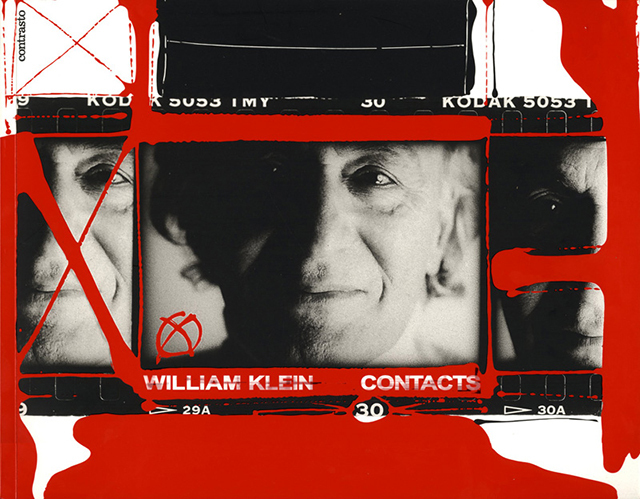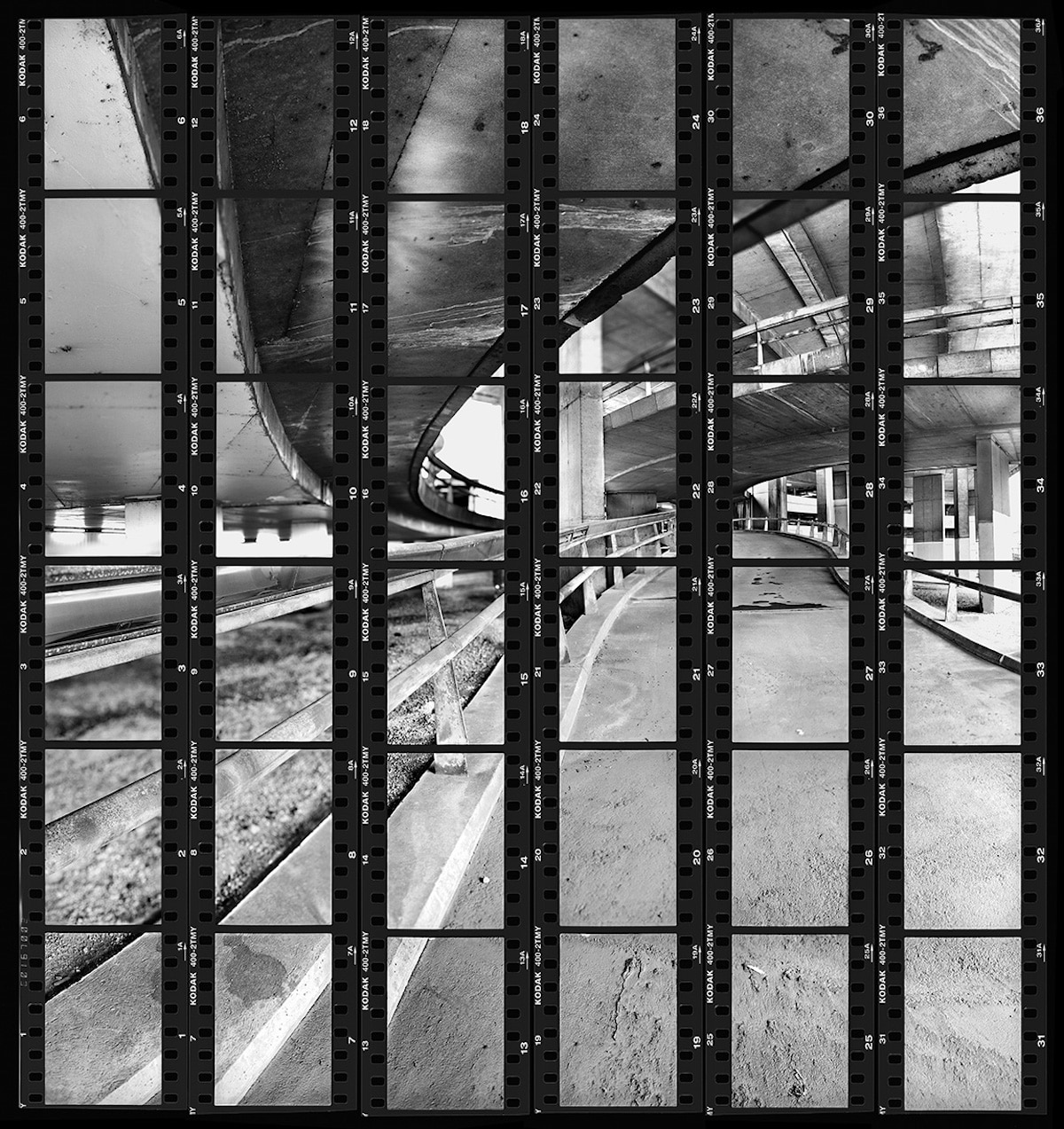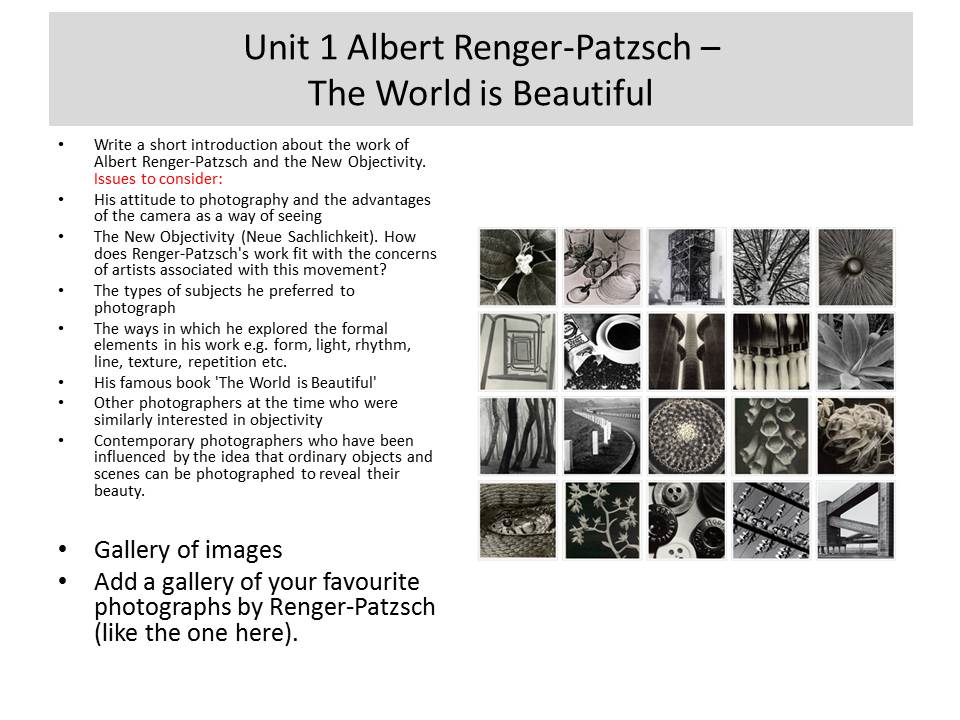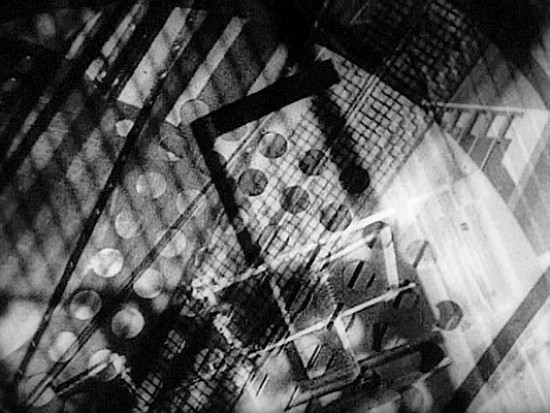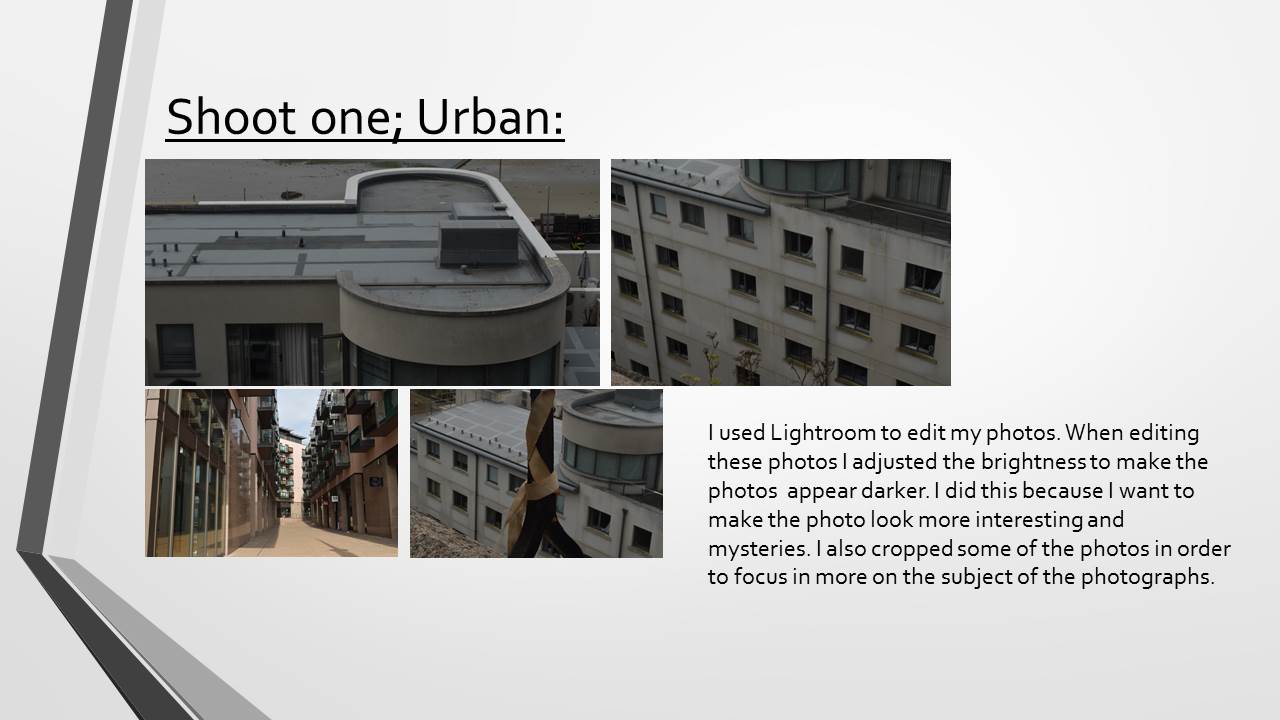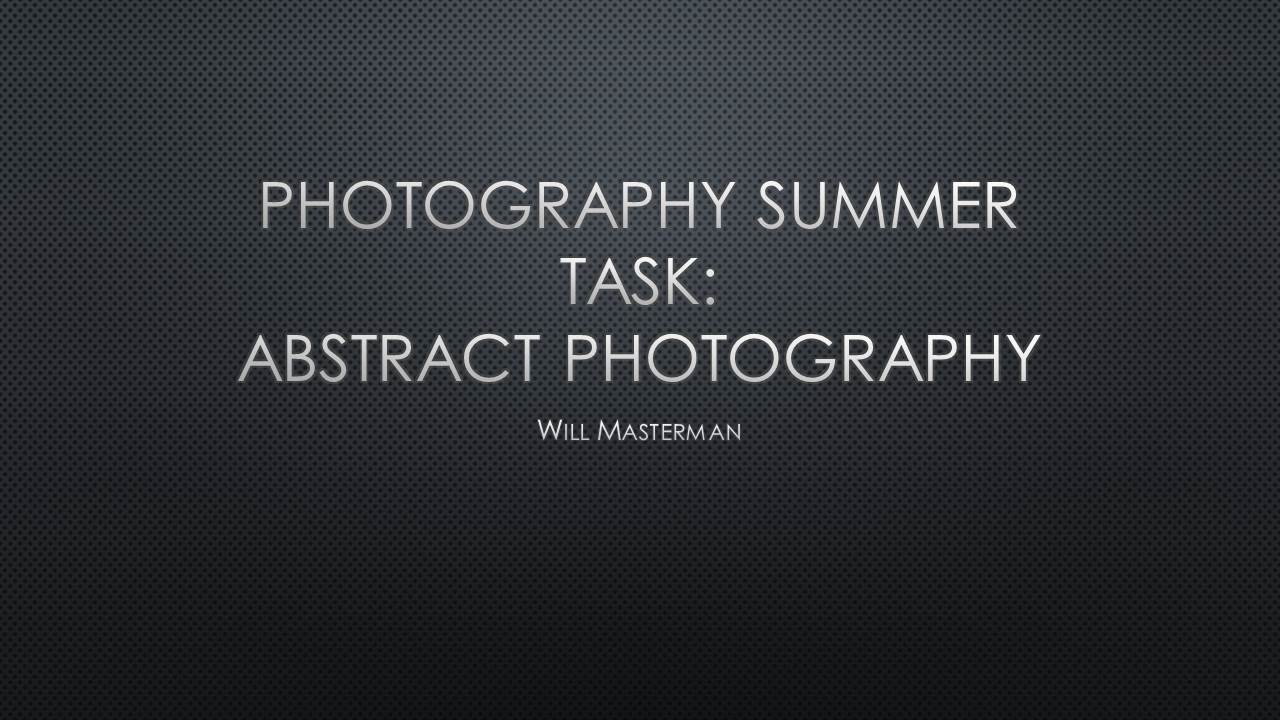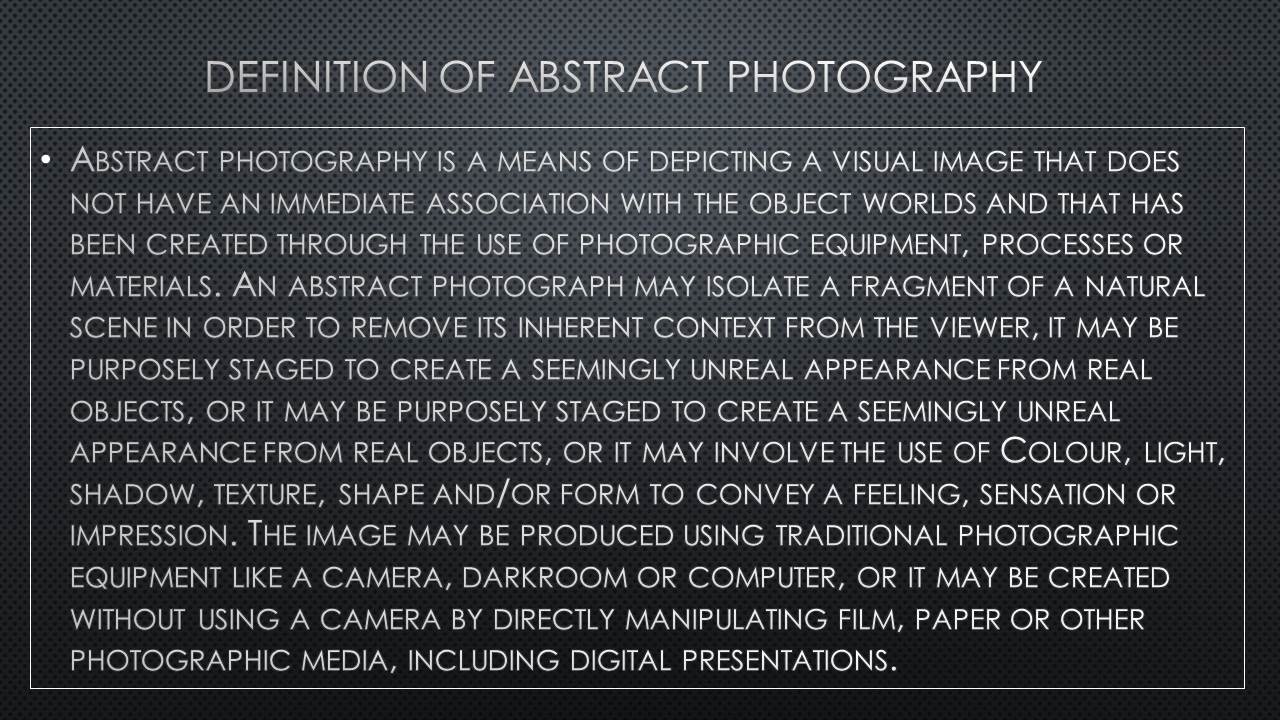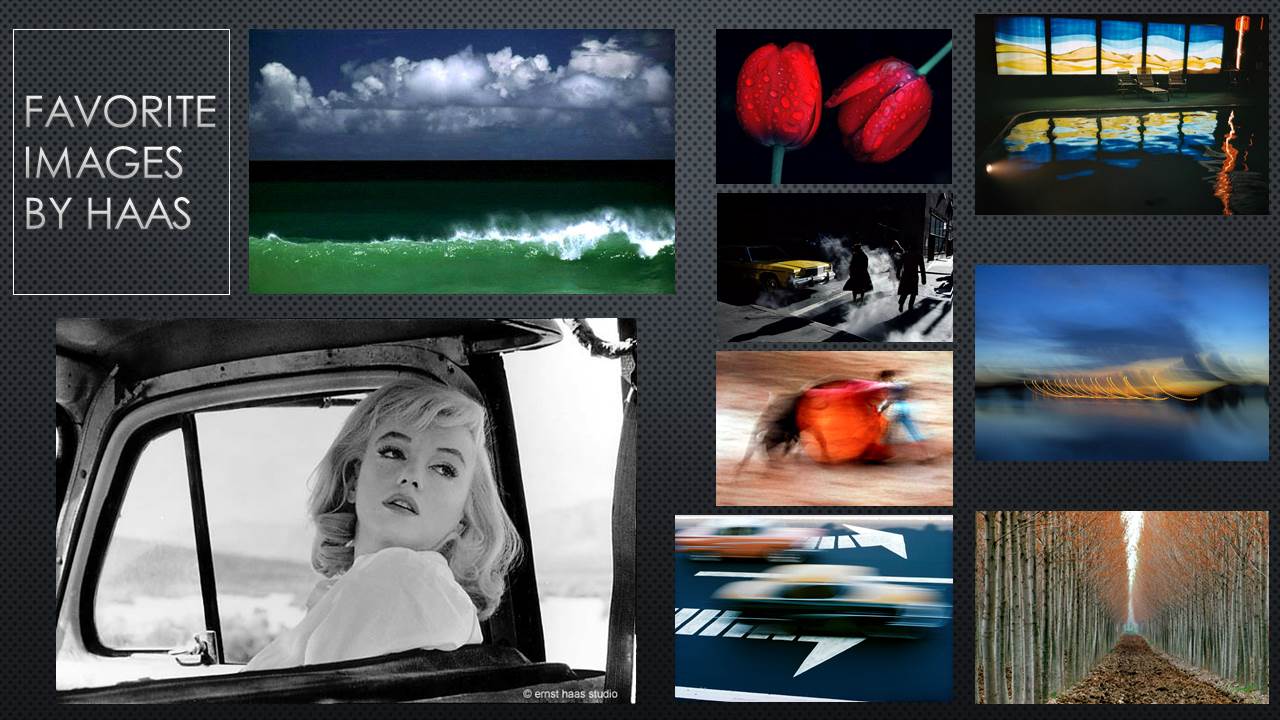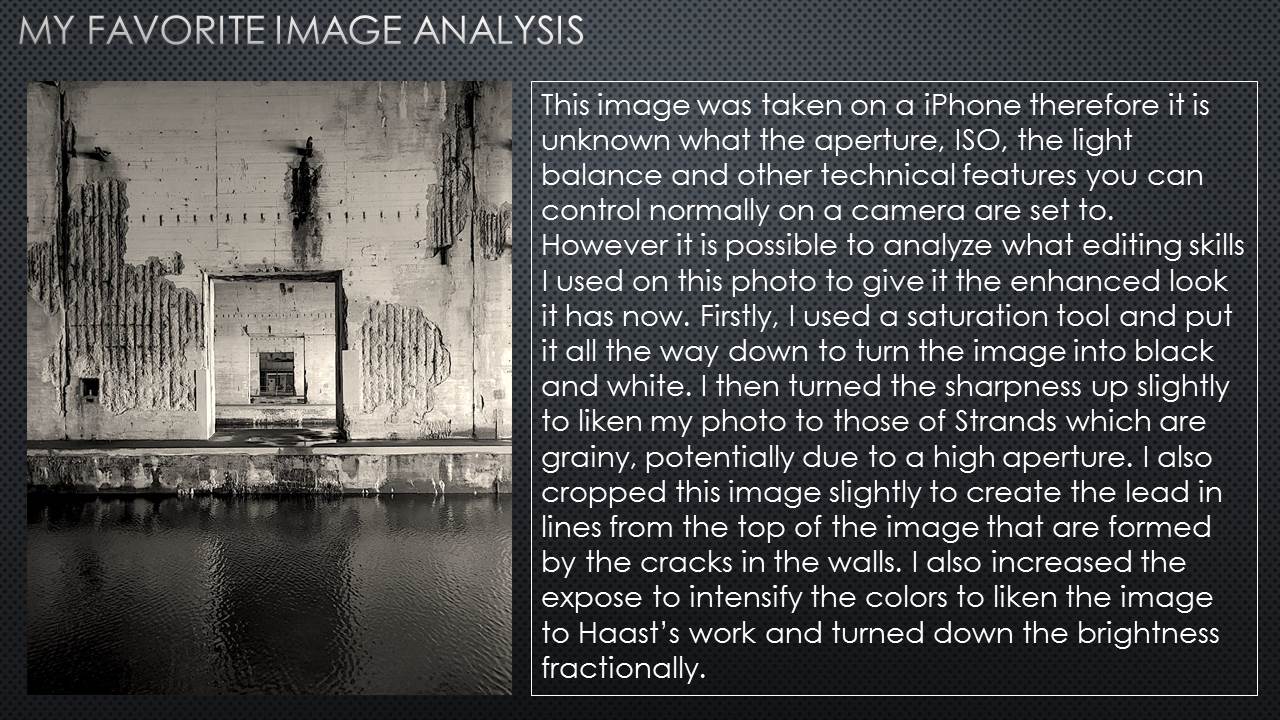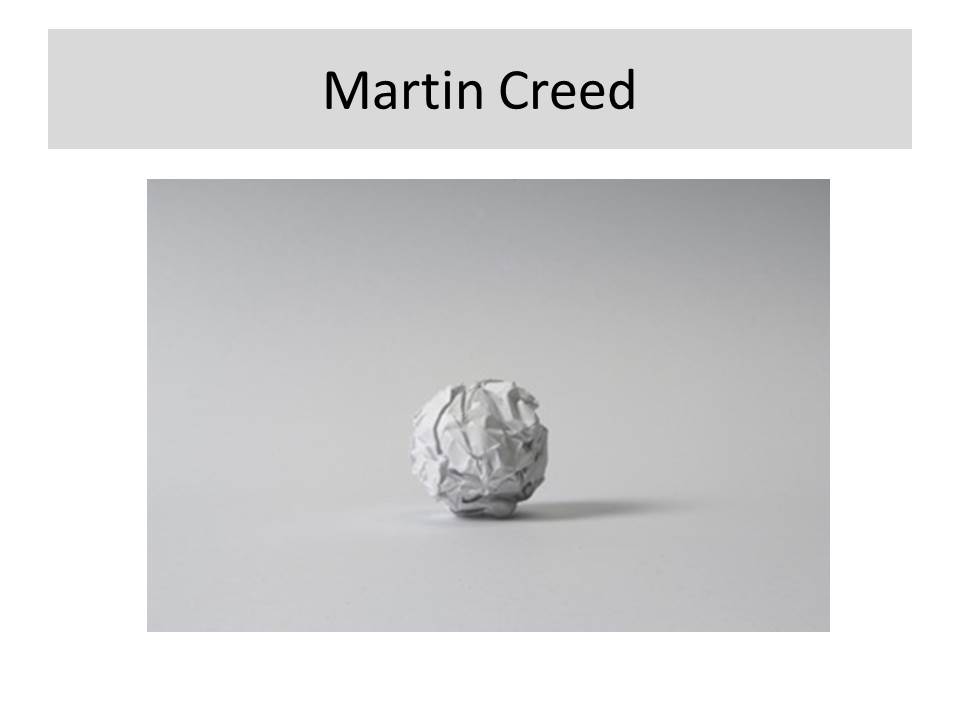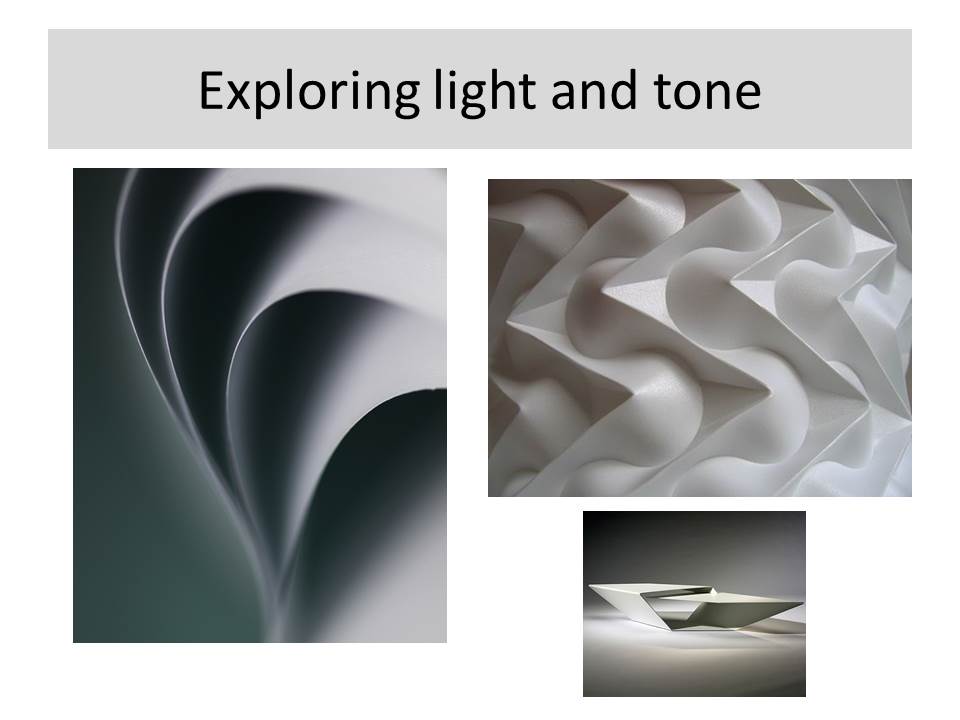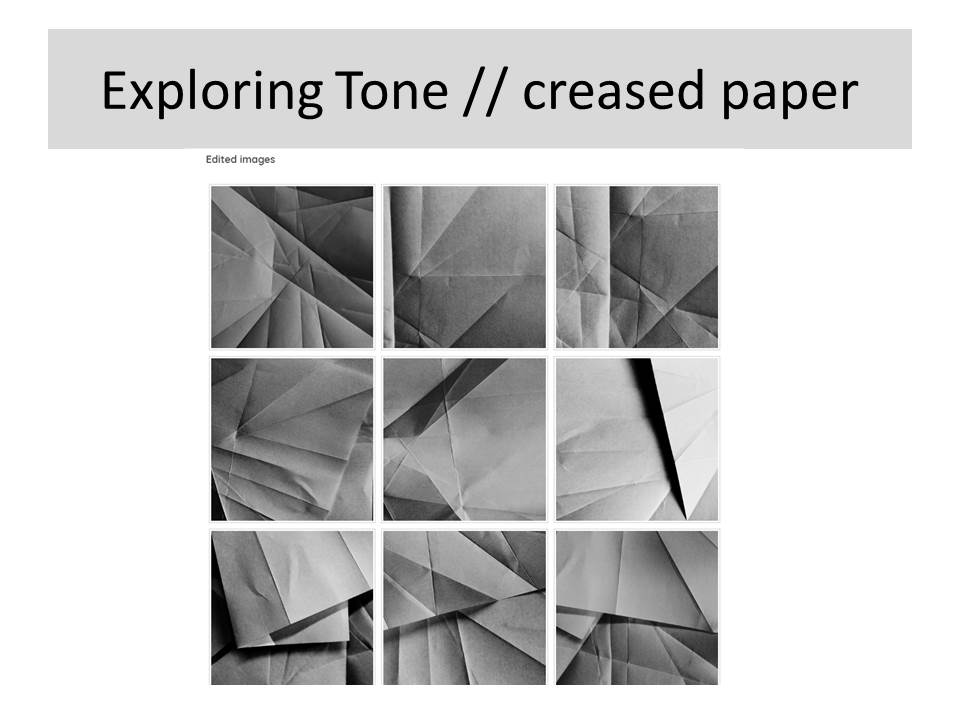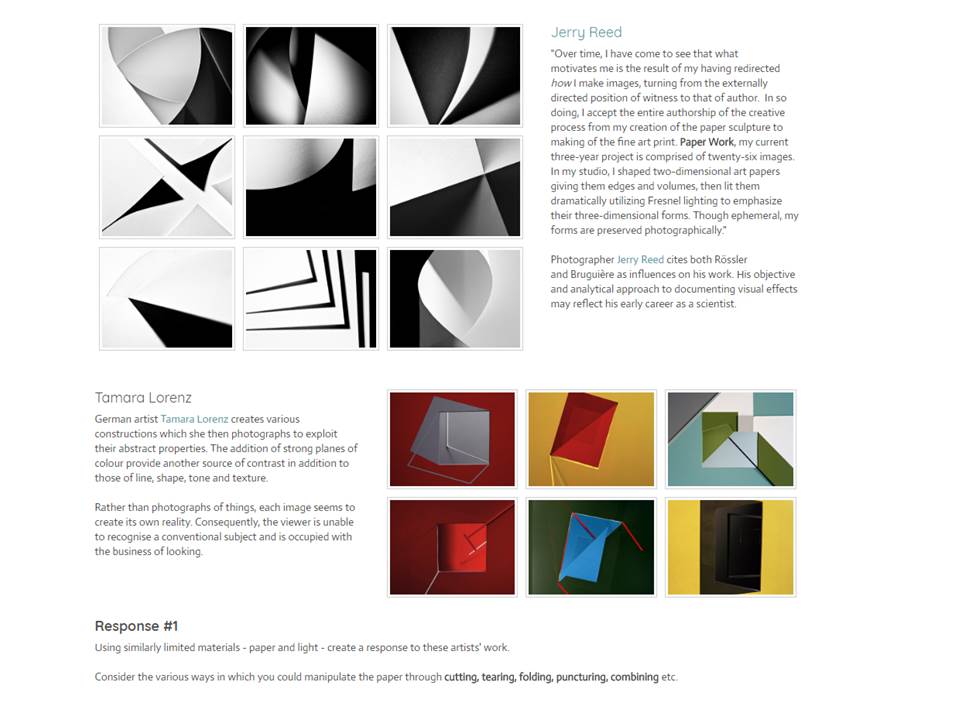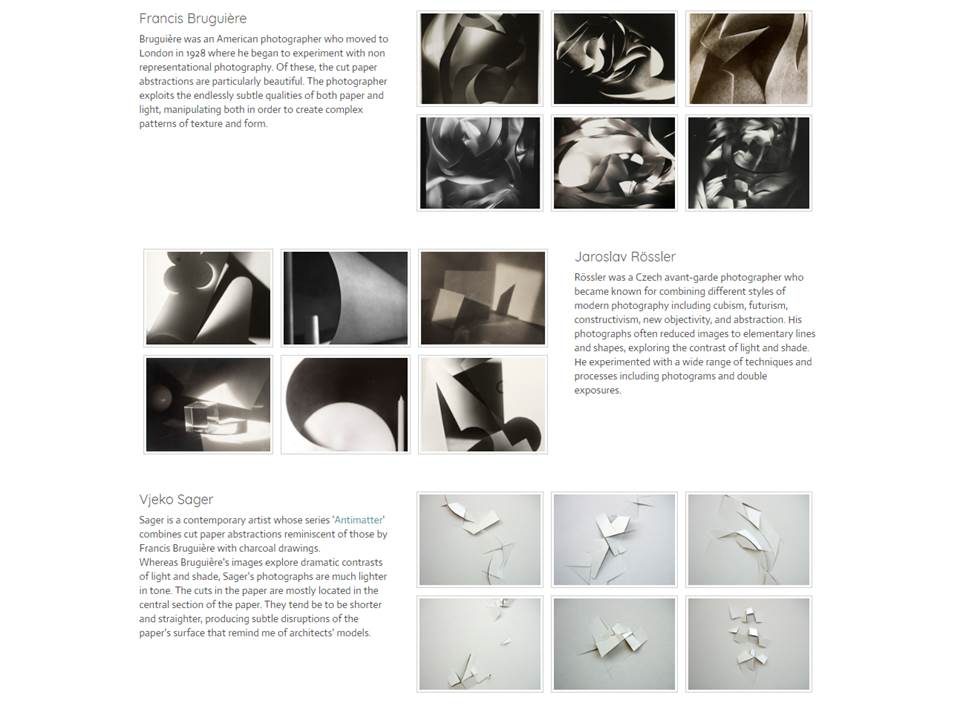Ernst Hass
For my abstract photography task i have chosen to study Ernst Haas’s work as i found that his work captivates me as well as interests me the most.
About Ernst Haas..
-Ernst Haas was a very influential photojournalist who used colour photography. Before World War ll, Haas was interested in both medicine and painting, but later dropped both to take up photography. Haas ended up becoming a very unique photojournalist as he used colour photography instead of black and white which was very common in the 50s. Because of this Haas became very well known and stood out.
-Haas came from a very supportive and arty family, his mother wrote poetry and aspired to be an artist, and his father enjoyed music and photography.
Analysis..

This image is one of the many Haas produced. At first glance the image seems as it is a black and white check. However, after further inspection it seems as if the image is stairs with shadows glancing through gaps which casts a checked pattern. The shadows cause this image to be very interesting. The shadows that Haas has used implies he is trying to show mystery through the image. The shadows also help to captivate the audience. After analysing the image the angle at which this photograph has been taken isn’t clear which also adds complication to the image. I really like this this image because it confuses me, and because this image confuses me it is intriguing. Because this image intrigues me it captivates me more. I think this makes the image very successful as it make audiences think more, which therefore grabs their attention more.
IMAGE

This image really stood out to me when exploring Haas’s photographes, this being because i liked how detailed the focus of the image was in contrast with the blurry background. At first glance the focus of the image appeared to be a spider web which implied nature which i have not seen in any of Haas’s pieces. However, after further inspection the focus could also be a crack. I know this because there are thinner and thicker cracks in whatever the object is. Because of this the picture is abstract as the crack leaves the image open for debate due to me thinking it was a spider web at first.
The blurred colouration in the background shows that this image was taken in a public place and suggests everyday life which links into Haas’s usual photographs which are usually taken in public places and also show everyday life. The crack suggests vandalism which also links in with the public background as you would usually see vandalism in public places.
This piece of work has really inspired me to take photographs like this as this photo is very intriguing.
MOOD BOARD
- Reflections
- Colouring
- Different angles
- Experiments with different brightness’s – Dark and Light
- Scenery- Buildings and Landscapes
- Objects
Planning my first shoot
For my first photo shoot i want to focus on the types of lighting when creating abstract images. In order for my abstract images to be successful i will do 3 shoots in different locations at. This will mean that i should get varied images which will be inspired by Haas’s work. I will use Haas’s habit of using dark lighting to show texture through my pictures which will make them more unique.
Contact sheets
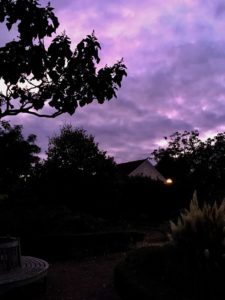
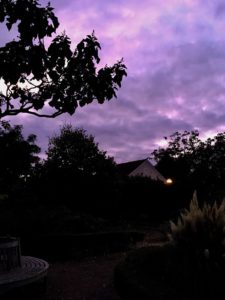


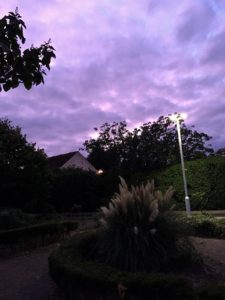
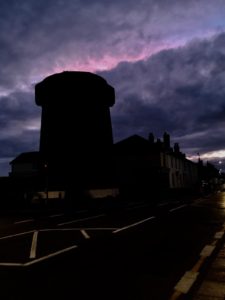
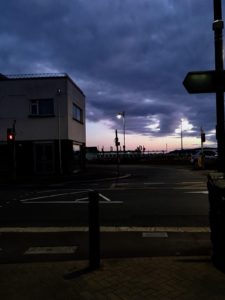
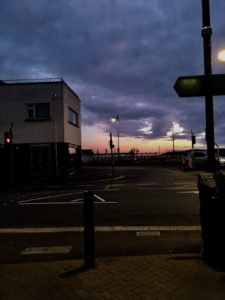
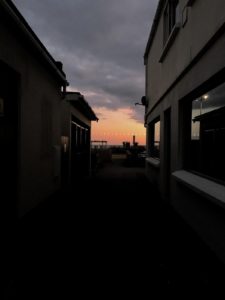





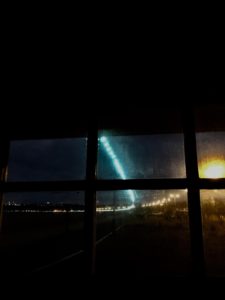


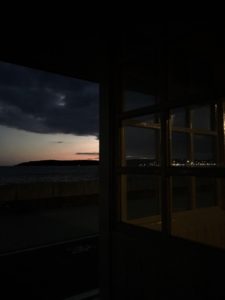
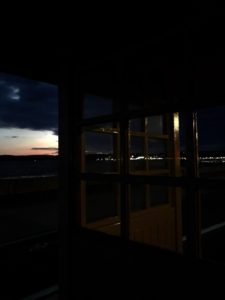
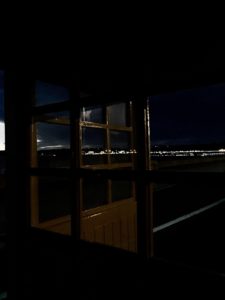

Best outcome
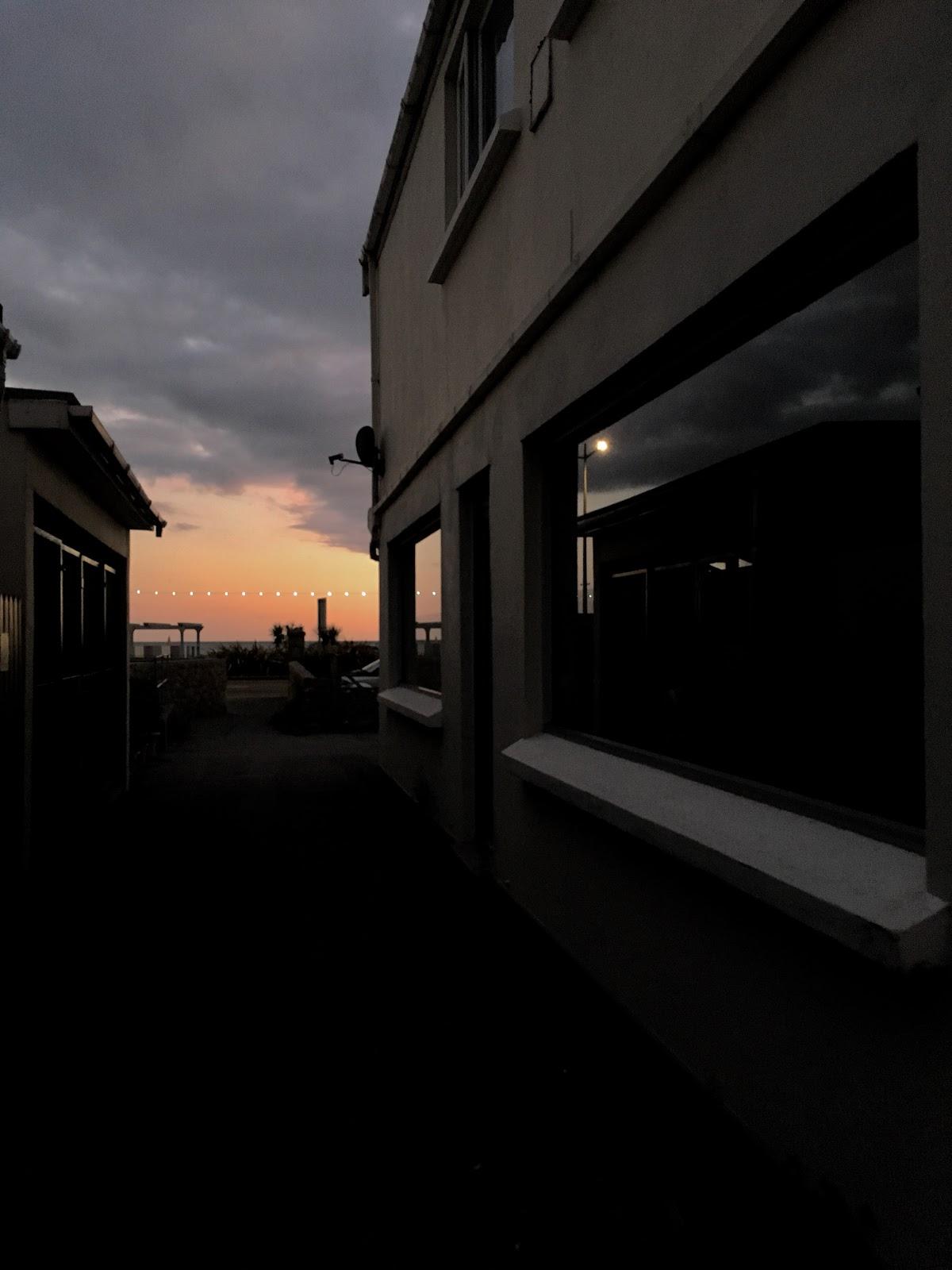
I think this image is very successful as the natural lighting and the dark alleyway compliment each other to make an eye catching image. I really like how the natural light has caused a very bold reflection on the window of a building which helps to contrast with the lighter tones in the image and make the image more abstract. I also think the darkness of the image gives off a certain type of atmosphere which can be interpreted in different ways which makes the image unique and abstract. I think there are some Photoshop changes which could be made. One of these would be to add a low brightness which would darken the picture which would help the light and dark of the image contrast and help the image be more successful.
Improvements- In order to improve my image i would like to experiment with the different lighting as i think toning down the lightness of the picture could add more mystery and therefore make it more abstract.
Details I like- One detail i really like is the reflection in the window as i think it makes the picture look for interesting and more abstract.
Planning my second shoot
For my second and final photo shoot i have decided to take photos of objects while still experimenting with different lighting. After studying Haas’s work i noticed he took pictures of a lot of objects which has inspired me for this shoot. The objects i am deciding to take pictures of will be very random, everyday objects. This being because Haas was a very random photographer which he has shown in multiple pieces of his work. In order to make my pictures look more interesting i will also experiment with different angles.
Contact sheets


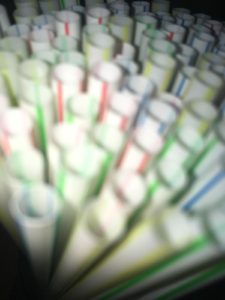

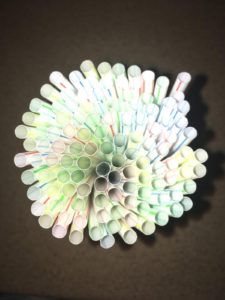
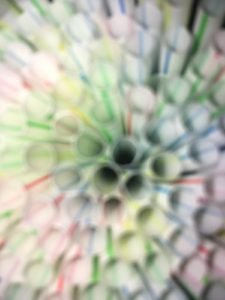
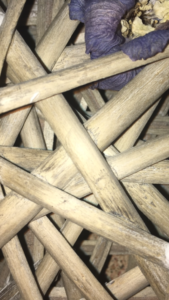


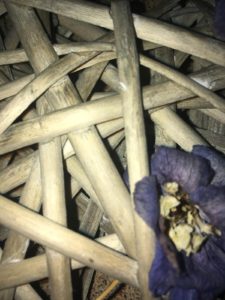


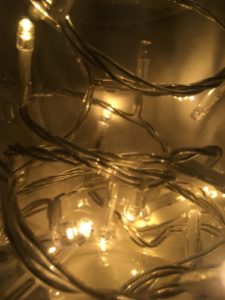
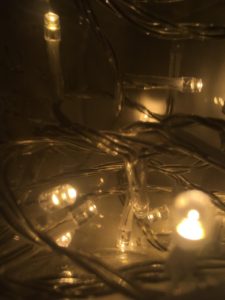

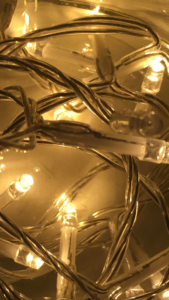
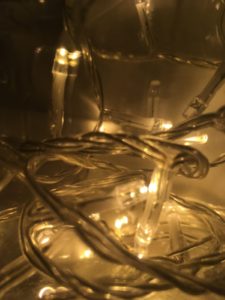
Best outcome

I think this is my most successful picture form the second photo shoot as i really like how to flash used on the camera created a dark background to the feature of the abstract photo. I think the small amount of color included in the picture also adds interest to the picture as it contrasts very well with the light and dark lighting.
Editing- If i was to edit this image i would lower the brightness a little to add more texture and i think the image would all around look better with a dark lighting.
Improvements- In order to improve this picture i would make sure to focus properly on the feature of the image (straws) as i think it would add a lot more detail to the picture as the colored lines would stand out.


